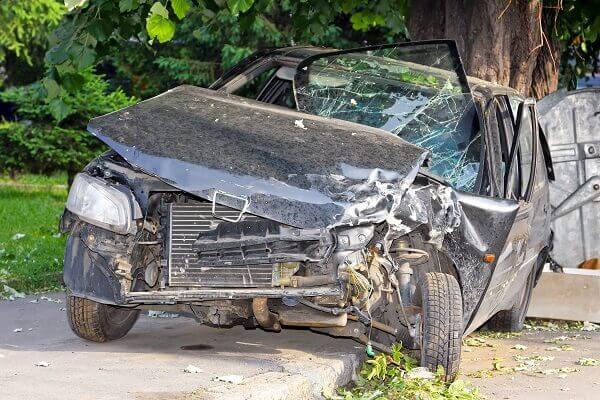Washington Injury Attorneys Serving Victims of Head-On Collisions
Imagine that you are driving down the road, following the laws, and minding your business. Suddenly, another car veers in front of you and strikes your vehicle head-on. Your airbag deploys, your body violently thrashes to and fro, and everything suddenly comes to a stop. You have just experienced a head-on collision.
Head-on collisions are by far one of the most devastating incidents that plague U.S. roads today. While accidents can occur for many reasons and in different ways, head-on collisions are often one of the most devastating, and can lead to fatalities. While your vehicle is equipped with the latest safety technology – including crumple zones, absorbent bumpers, and airbags, not all of the devices are designed to fully compensate for the sheer magnitude of a head-on impact.
Many head-on collisions occur because another driver is acting negligently. If a negligent individual caused your head-on accident and you suffered serious injuries, you have the right under Washington law to file a suit and receive compensation for those injuries.
Seven Reasons Why Head-On Collisions Occur
There are numerous reasons why a head-on collision can occur, but some of the more common reasons include:
- Drunken driving. Unfortunately, drunken driving is still a common reason for head-on accidents. That is because a drunk driver can easily swerve in between lanes, enter the wrong side of the highway, and cross center dividers.
- Fatigued driving. Fatigued driving is equally as dangerous as drunken driving. A fatigued driver has minimal concentration capabilities and can actually black out for several seconds (sometimes minutes) while behind the wheel. This can cause a driver to unknowingly veer into another lane and in front of oncoming traffic.
- Distracted driving. From talking to passengers to talking on the phone, distracted driving is quickly becoming the leading cause of accidents in the United States. Texting and other distractions can force a driver to leave the lane.
- Improper passing procedures. All drivers should be aware of the double-yellow line rule; but, that does not mean that they follow it. An impatient driver may assume that he or she is experienced enough to pass on a two-lane highway regardless of that center lane – only to find him or herself in front of oncoming traffic.
- Rural roads. Rural roads are dark and have narrower lanes. Head-on collisions are quite common on rural roads – especially at night or in times of limited visibility.
- Third party drivers. Sometimes, it is a third party that leads to a head-on accident between two other vehicles. For example, when a car tries to change lanes where another vehicle is driving, and in order to avoid the accident, the driver veers over into oncoming traffic. In this instance, the driver veering wouldn’t be at fault; it would be the driver who forced them out of their lane.
- Road hazards and conditions. From cracks to improper lane markings and even potholes, there are certain road conditions that can lead to fatal head-on impacts.
Were You Injured in a Serious Accident in Washington? Contact an Injury Lawyer Right Away
If you were injured in an accident in Seattle or any other areas in Washington, whether it was a head-on collision or not, contact the accident injury attorneys at Brett McCandlis Brown & Conner, PLLC today. We understand what you are going through. We want you to focus on your physical and emotional recovery and no longer worry about finances or even missing work. Explore your options for compensation now by calling us for a free consultation at 800-925-1875 or request your appointment online.


